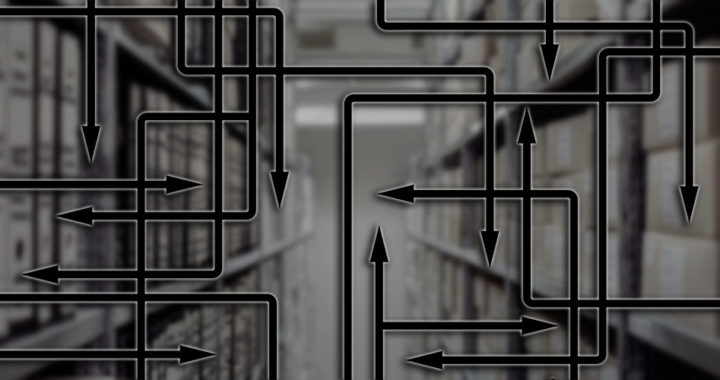Logistics flows pertain to the movement and direction of the goods, items, or information within the supply chain or more specifically, between the point of origin and the point of consumption. There are three directions that also correspond to three different logistical processes. These are inbound logistics, outbound logistics, and reverse logistics.
Three Major Logistics Flows: Inbound vs. Outbound vs. Reverse
1. Inbound Logistics
Inbound logistics pertains to the movement, including the storage and transportation, of goods, items, or information from the suppliers and into the warehouse, and further to the production facilities of manufacturers for processing and production.
Examples of goods or items that move through this logistics flow are raw materials, equipment and tools use for manufacturing, consumable needed for processes such as fuels, component or spare parts, and other production inputs.
2. Outbound Logistics
On the other hand, outbound logistics is the movement of finished goods or any other items and information out of production facilities or point of production and to the warehouses or further to the point of consumption or end-use consumers. Hence, in some situations, it also coincides with the order fulfillment process.
All products intended for end-users undergo through this logistics flow. Essentially, the outbound movement deals with how businesses deliver products to their customers while the inbound movement is about the relationship between these businesses and their suppliers.
3. Reverse Logistics
Reverse logistics is the movement of goods or items from the end-users back to the producers or any concerned parties for return, servicing and repair, reprocessing and refurbishing for resale, recycling or recovering, or proper disposal.
This logistic flow essentially encompasses all activities conducted after the sales of a particular product to recapture value or end the product lifecycle. Reverse logistics is common in the consumer electronics and automobile industries.
FURTHER READINGS AND REFERENCES
- Huscroft, J. R., Hazen, B. T., Hall, D. J., Skipper, J. B., and Hanna, J. B. 2013. “Reverse Logistics: Past Research, Current Management Issues, and Future Directions.” International Journal of Logistics Management. 24(3): 304-327. DOI: 10.1108/IJLM-04-2012-0024
- Svensson, G. 2002. “A Conceptual Framework of Vulnerability in Firms’ Inbound and Outbound Logistics Flows.” International Journal of Physical Distribution & Logistics Management. 32(2): 110-134. DOI: 10.1108/09600030210421723





